KLM, one of Europe’s oldest airlines, is now grappling with a significant pilot shortage as the busy summer season nears. Based in Amsterdam, the airline has long been a key player in connecting the Netherlands to global destinations. However, despite its vast scale and dominance in European aviation, KLM now faces operational setbacks.
The airline’s pilot shortage poses serious challenges. Although KLM has more pilots than ever, many are working fewer hours, which has created a significant gap in staffing. In addition, a rise in part-time work and increased sick leave among pilots has exacerbated the issue. Consequently, with pilots working fewer hours, KLM is struggling to operate its entire fleet. The airline has seen around 50 full-time positions transition to part-time each year. Due to Dutch labor laws, KLM has little ability to influence this shift without incurring additional costs.
This pilot shortage is already impacting the airline’s bottom line. As a result, KLM has grounded parts of its widebody fleet, unable to find enough staff to operate them. At the same time, the airline has introduced new Airbus A321neos, which require extensive training for pilots. This transition to next-generation aircraft adds to the strain, as it takes pilots away from active flight duties.
Long-haul flights are critical to KLM’s profitability. Therefore, the airline’s Amsterdam hub thrives on these routes. Unfortunately, KLM’s ongoing pilot shortage puts this vital part of its operation at risk. While KLM is working with pilot unions to address the issue, finding a sustainable solution is proving difficult.
The airline is considering hiring outside pilots or crews for certain flights to maintain its long-haul network. This temporary solution could help keep operations running as KLM seeks to resolve its staffing challenges. Nevertheless, the clock is ticking, and KLM must act swiftly to ensure it doesn’t lose its competitive edge in the global market.
At this critical juncture, KLM’s ability to resolve its pilot shortage will determine its ability to maintain its status as a leading airline. With careful management, the airline can navigate these turbulent times and continue to connect the world.
Related stories:
Catch up on the top stories and travel deals by subscribing to our newsletter!

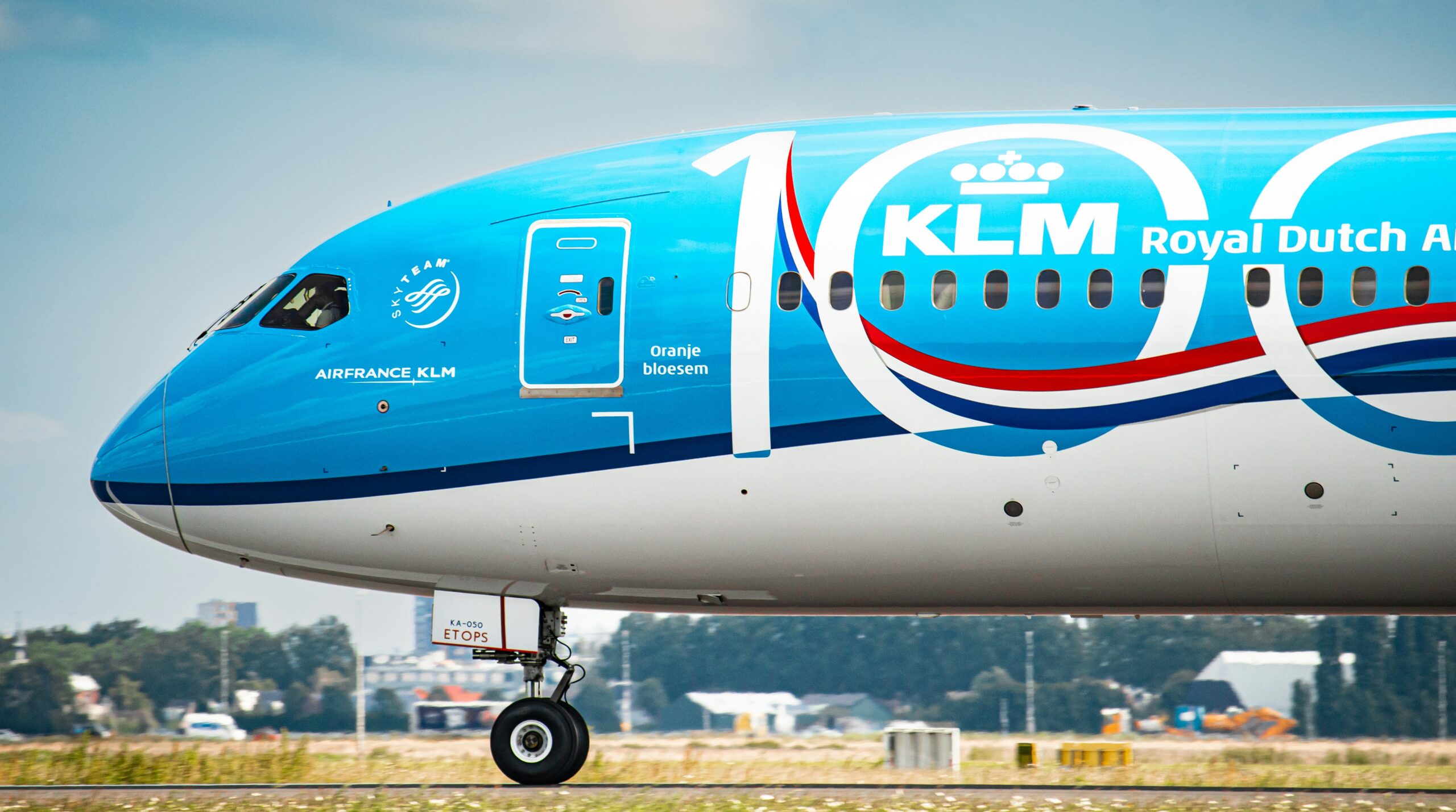

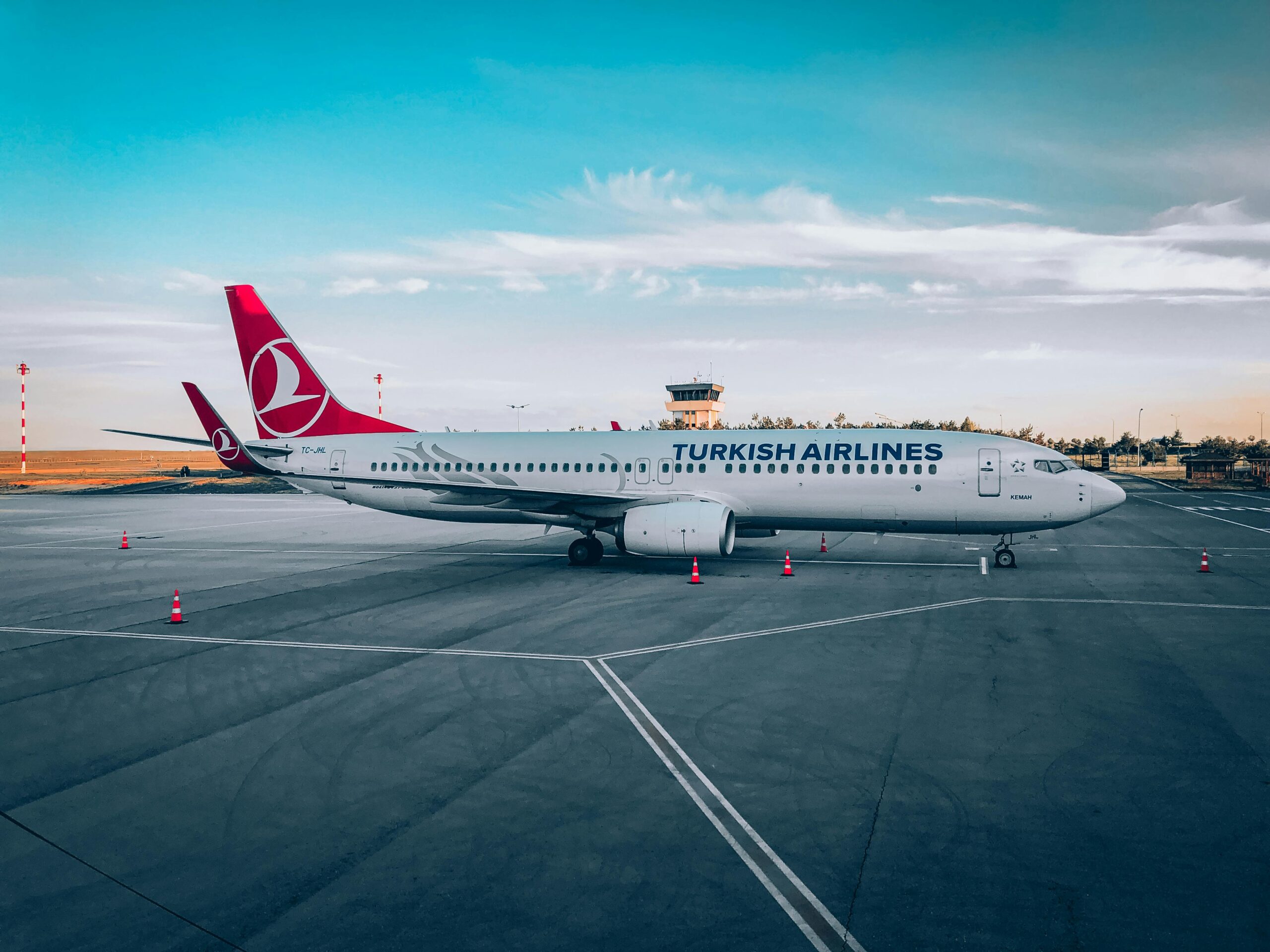
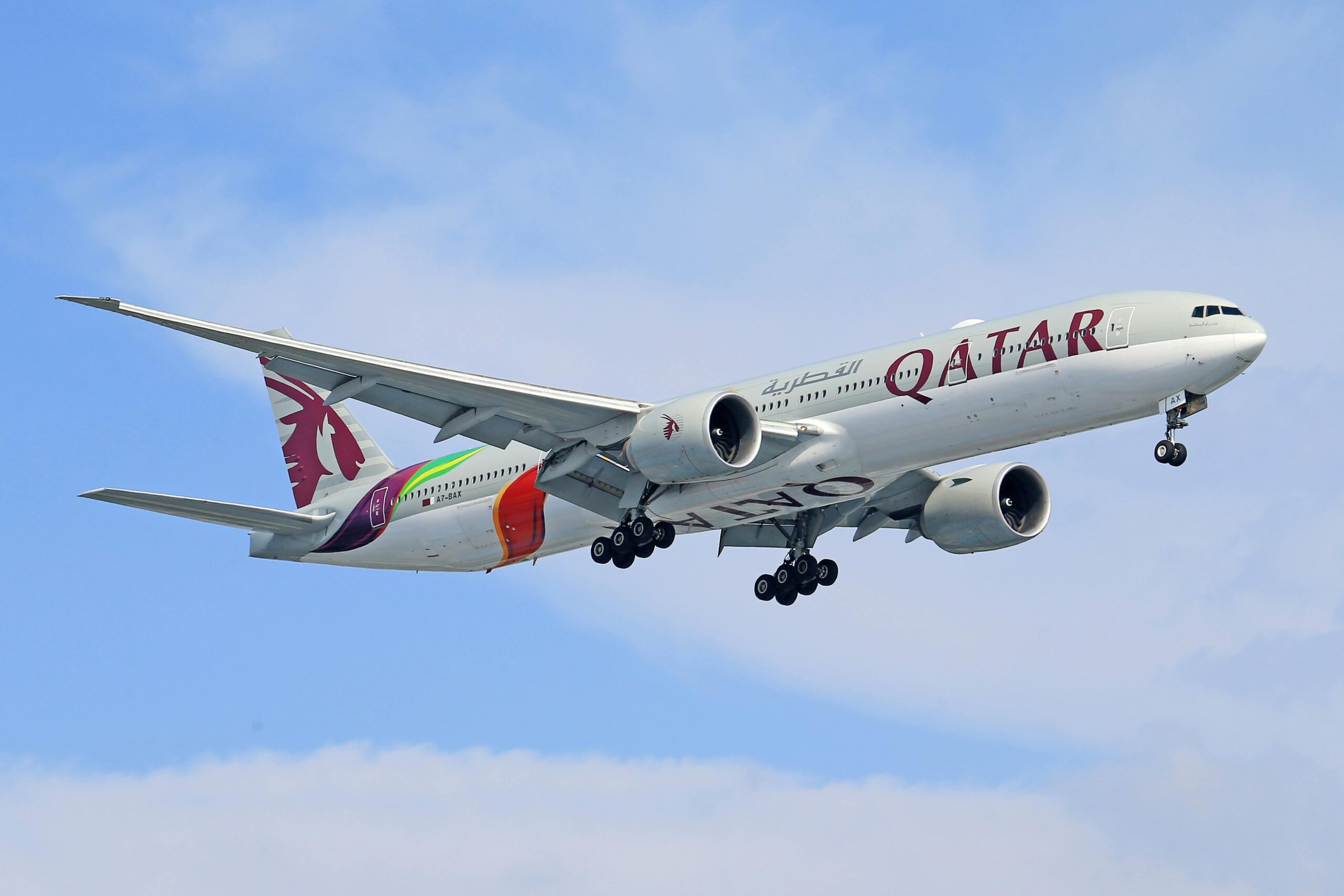
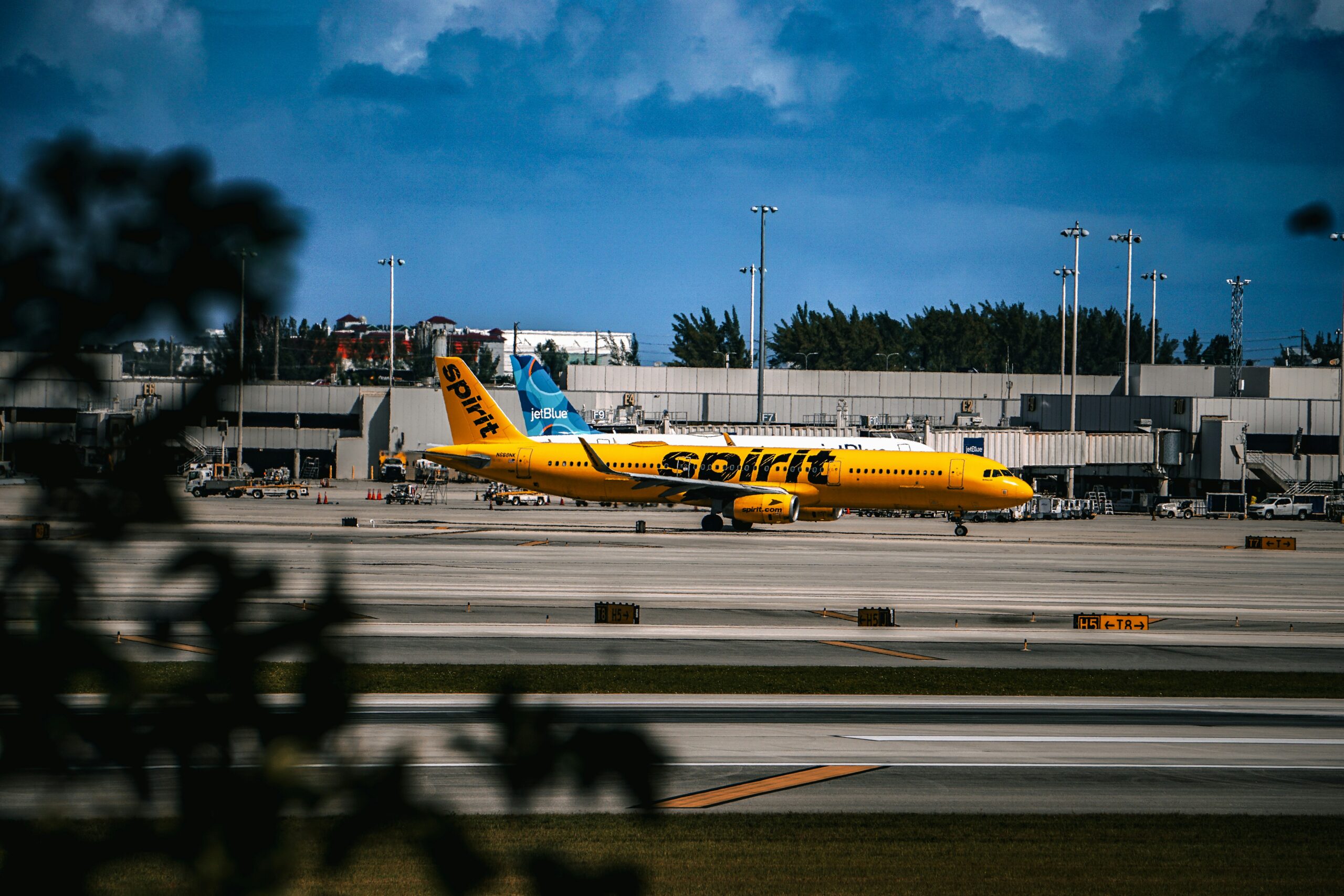
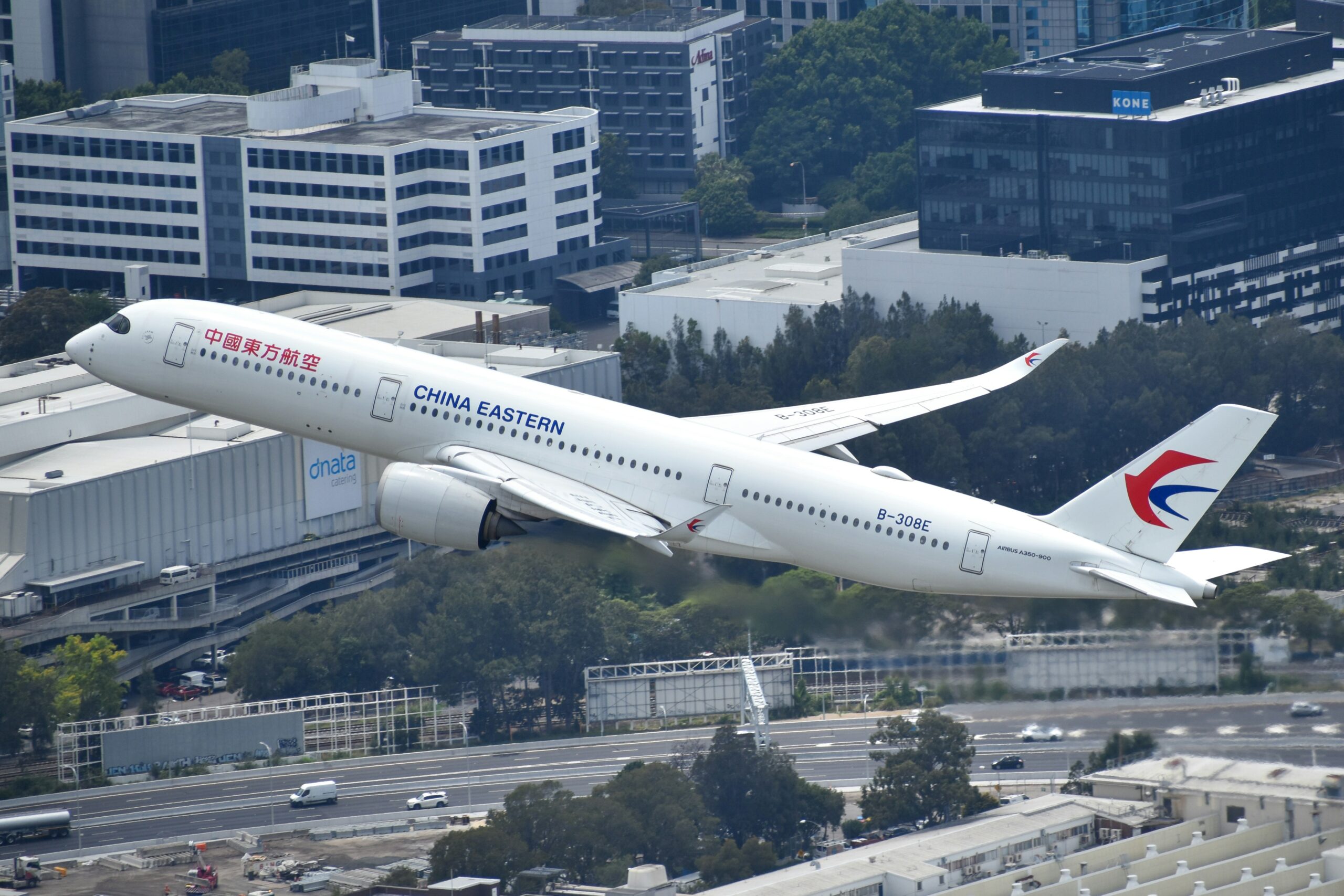
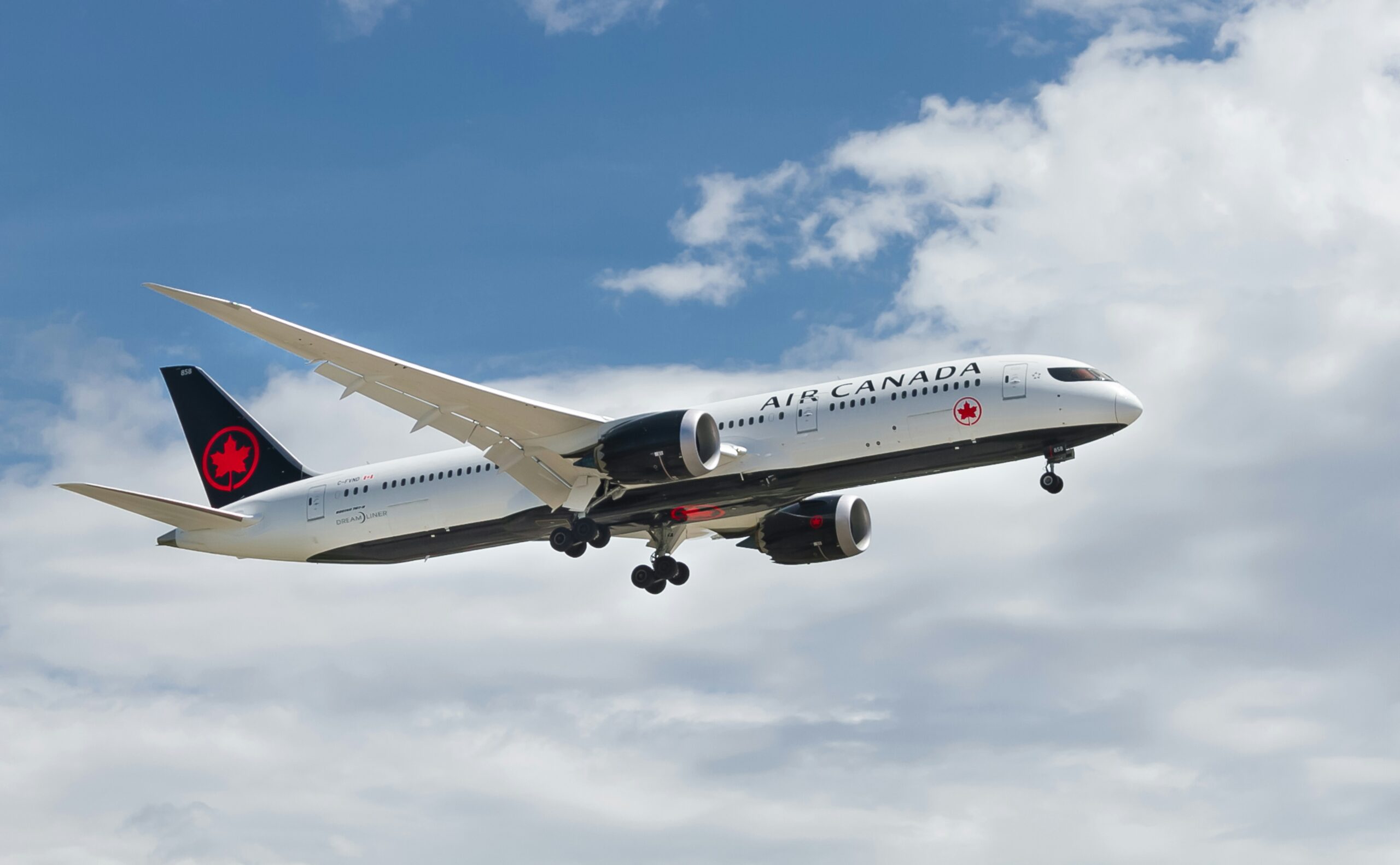

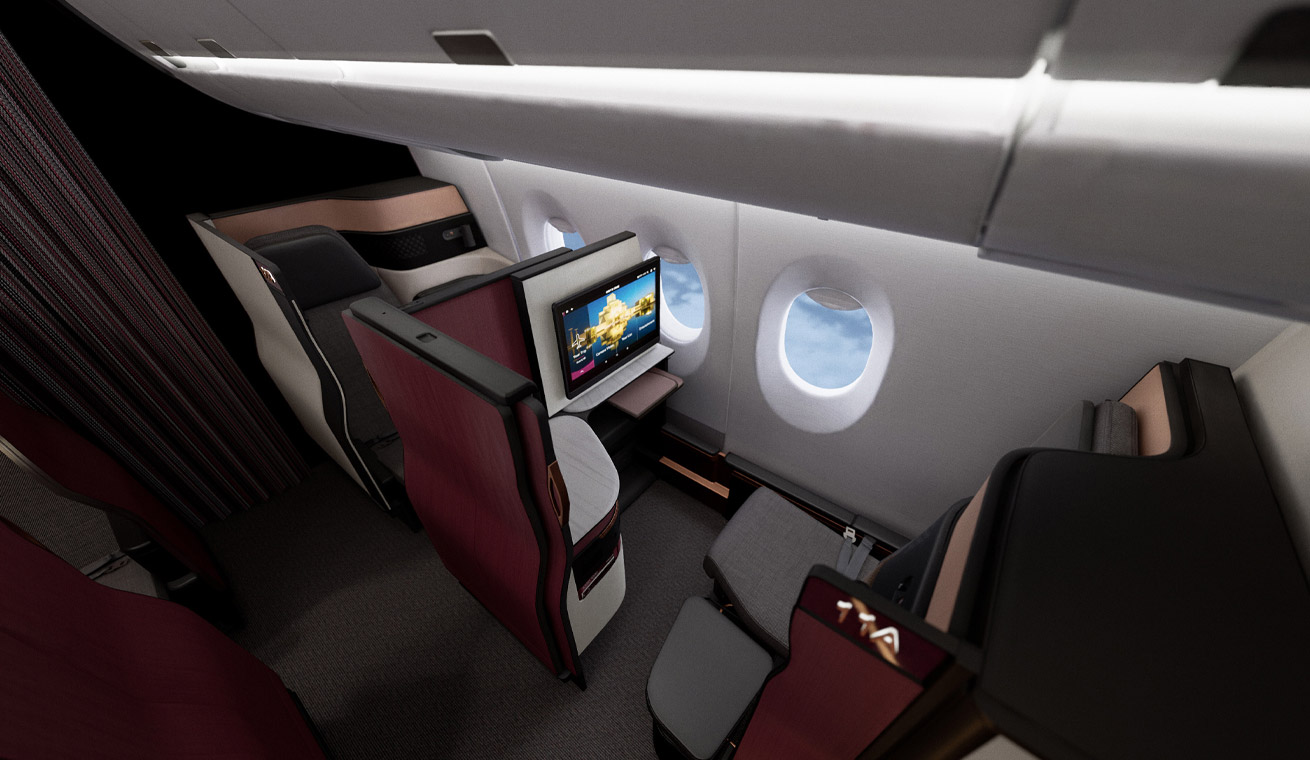


Leave a Reply